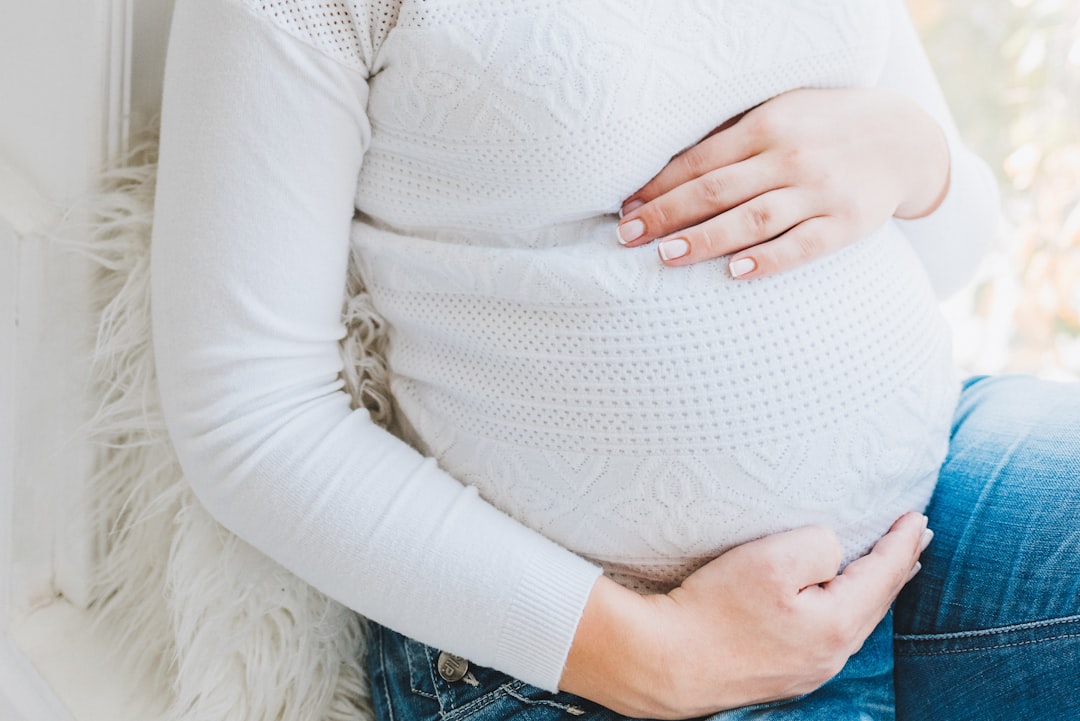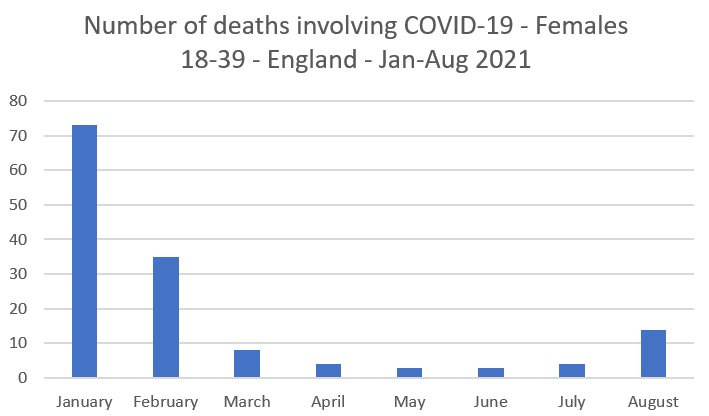Covid hospital admissions by Vaccination and Pregnancy status
What can we tell and not tell from the data
Please consider taking out a paid subscription because it enables me to spend longer reporting on the news that isn’t, but should be reported.
Subscriptions are best but if you would prefer to/ also like to buy me a coffee then click on the button below.

Early on in the vaccination roll out, pregnant women were advised not to get vaccinated. No trials had been conducted on pregnant women and even the vaccine literature advised that the product was not for pregnant ladies. Then, as has happened so often over the last few year, a complete U-turn was undertaken and suddenly pregnant women were advised to get vaccinated.
It could almost be viewed as gaslighting, when one day the advice is one thing and the next it is something completely different. Especially when there were no explanations as to the reasons for the U-turns other than “off course pregnant women should get vaccinated”.
The Office of National Statistics (ONS) in England looked at this issue and recently released a publication and dataset called “Coronavirus (COVID-19) hospital admissions by vaccination and pregnancy status, England: 8 December 2020 to 31 August 2021”. This was used to estimate coronavirus (COVID-19) hospital admission rates in England by vaccination status in pregnant and non-pregnant women.
The main points for the ONS include:
“Among both pregnant and non-pregnant women, age-standardised rates of coronavirus (COVID-19) hospital admission were lower among those who were vaccinated compared with those who were unvaccinated when first infected.
COVID-19 vaccination was associated with a similar reduction in the rate of COVID-19 hospital admission in pregnant and non-pregnant women, suggesting that vaccination is as effective in pregnant women at reducing COVID-19 hospital admission as it is in non-pregnant women.
Compared with those who were unvaccinated, the rate of COVID-19 hospitalisation was 83% lower for double-vaccinated pregnant women and 82% lower for double-vaccinated non-pregnant women; this was after adjusting for factors related to vaccine uptake and risk of COVID-19 hospitalisation.
For both pregnant and non-pregnant women, the reduction in risk of COVID-19 hospital admission relative to those unvaccinated was greater among those double-vaccinated more than 90 days before infection than those single-vaccinated more than 90 days before infection.
There was no statistical evidence that the association between vaccination status and COVID-19 hospital admission varied according to the stage of pregnancy when infected.”
It all sounds very positive for the vaccine but is all what is seems?
The rest of this article is available as an early read for paid subscribers only. My articles take a lot of time to research and write so your support is very much appreciated and will ensure that I can continue to produce the same quality and quantity of articles going forwards.
On a side note, these stats come with a ! Warning as many of these stats seem to recently. They say “these are experimental statistics, which are statistics that are in the testing phase and not yet fully developed”. A great get out clause!
So why may everything not be as it seems?
Firstly, the groups are divided as follows:
Unvaccinated
Single vaccinated at least 14 days
Single vaccinated 14 to 90 days
Single vaccinated more than 90 days
Double vaccinated at least 14 days
Double vaccinated 14 to 90 days
Double vaccinated more than 90 days
Did you spot what they’ve done here? Yes the classic disappearing group of people in the 0-14 days category for both single vaccinated and double vaccinated.
I wrote to the ONS and asked them about this. Their response was as follows:
“Vaccination status (unvaccinated, single-vaccinated or double-vaccinated) was defined as the number of doses received at least 14 days before COVID-19 infection (not hospital admission). This was to allow time for an antibody response to develop (see Vaccine uptake and SARS-CoV-2 antibody prevalence among 207,337 adults during May 2021 in England: REACT-2 study article published on the medRxiv website).
If somebody was infected with COVID-19 0-14 days after their first vaccination then they were classified as unvaccinated.
If somebody was infected with COVID-19 0-14 days after their second vaccination then they were classified as single-vaccinated.”
Another example of data being corrupted by lumping together anyone infected in the first 14 days with the unvaccinated group (or single-vaccinated group if it was after their second infection).
And as there have been countless examples of people getting infected within 14 days of vaccination (possibly due to an immunosuppression effect) then not including this data is unacceptable.
I asked the ONS to send me the 0-14 days data but unfortunately, whilst they were in a position to produce the data requested, it would cost me £720 ($875). And even more unfortunately, I don’t have a spare £720 to spend every time I see a dataset I don’t like.
Next, the data looks as hospital admissions between 8 December 2020 and 31 August 2021. We are almost in August 2022, so that is a whole year behind. Is there any excuse in this day and age to not have relatively up-to-date data?
The UK Health Security Agency (UKHSA) produces a nice little table to show us how many women have been vaccinated when giving birth.
By August 2021 only 9.4% of women were single jabbed and 13.3% double jabbed. Almost 77% of women were completely unvaccinated. And June, July and August were months with the biggest jumps in vaccination rates. The rest of the year unvaccinated rates were in the high 90s.
Admittedly, these are women giving birth, not all pregnant women but the general trend can be seen. And that trend is that between December and August (the dates in this dataset) vaccination rates were very low. And like we keep getting told when looking at deaths in vaccinated people, when vaccination rates are high, deaths in the vaccinated will be high. The same applies here, when unvaccination rates are high, hospitalisation rates in the unvaccinated will be high.
The dataset is based on women in England aged 18-45. If we look at deaths involving COVID-19 for women between 18-39 we can see that most deaths occurred early in the year.
This is when barely any pregnant women were vaccinated. Hospitalisations are likely to have followed a similar pattern (but with far more cases) and again would have peaked early in the year.
So this whole dataset is based on miniscule numbers of vaccinated women and comparing them with the majority of unvaccinated women. Of course there would be far more unvaccinated pregnant women, the majority of the data comes from early in the year when hardly anyone was vaccinated.
Maybe the vaccines do work perfectly and protect vaccinated women and their babies without any side effect. Hopefully they do. But to claim so on data that is a year out of date and when the vast majority of women were unvaccinated is misleading. If public health want to try and regain some of the trust they have lost over the last few years, they need to publish up-to-date data along with the complete dataset (i.e. women who were hospitalised in the first two weeks of vaccination).
Anything less is unacceptable.
Subscriptions are best but if you would prefer to/ also like to buy me a coffee then click on the button below.






Ask your readers for a small contribution to buying a data set. I can't believe that 1000 of us won't pony up $1.00 for this purpose. Put a special button for each one but be very parsimonius in your requests.
Del Bigtree introduced this article at Freedom Fest in Las Vegas last month. "The Unvaccinated Will Be Vindicated" - We quoted extensively from a column written by Susan Dunham, a vaccinated Australian journalist https://twitter.com/newsnancy9/status/1553923421439856640?s=10&t=
https://ca.childrenshealthdefense.org/corruption/the-unvaccinated-will-be-vindicated/